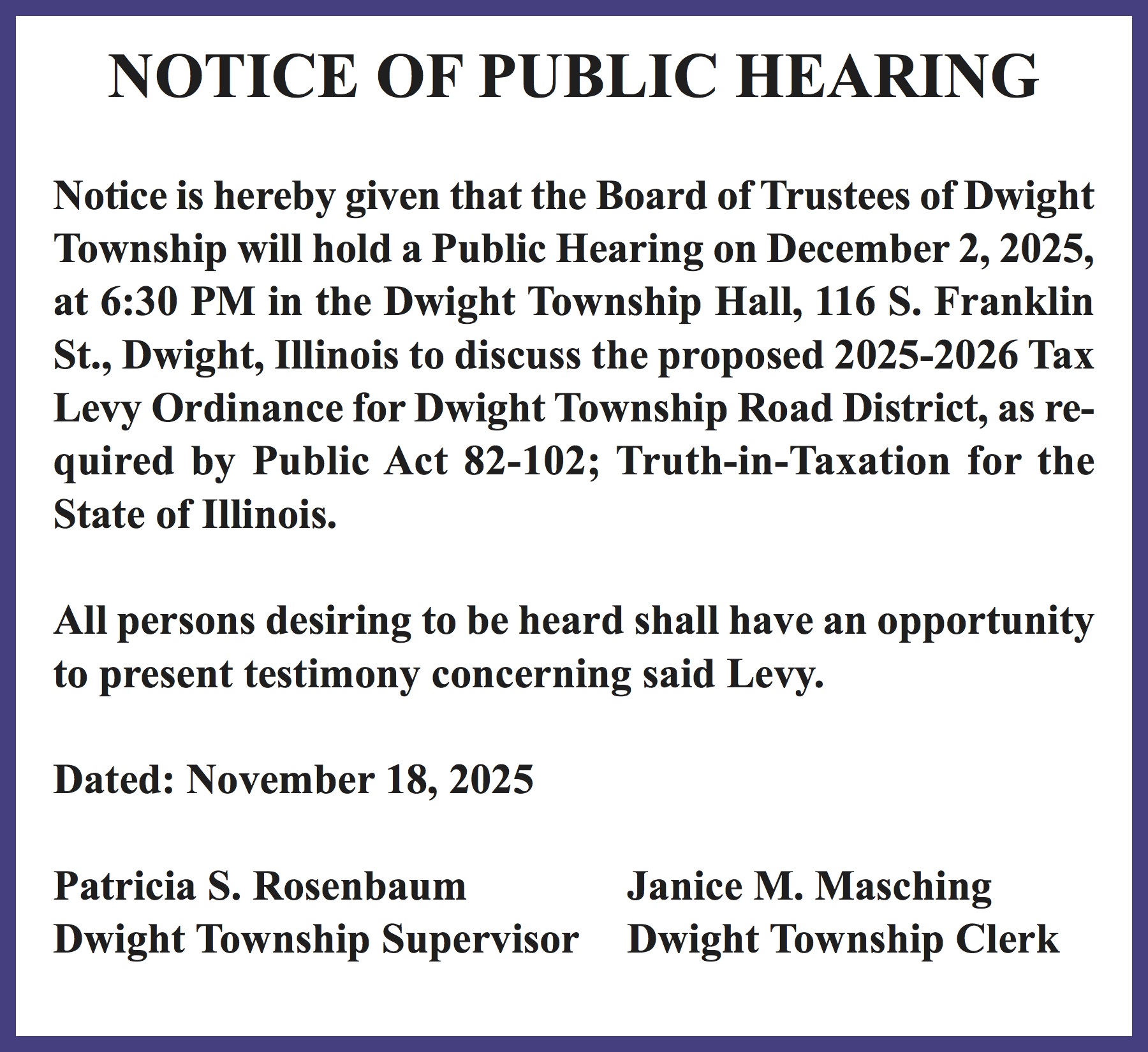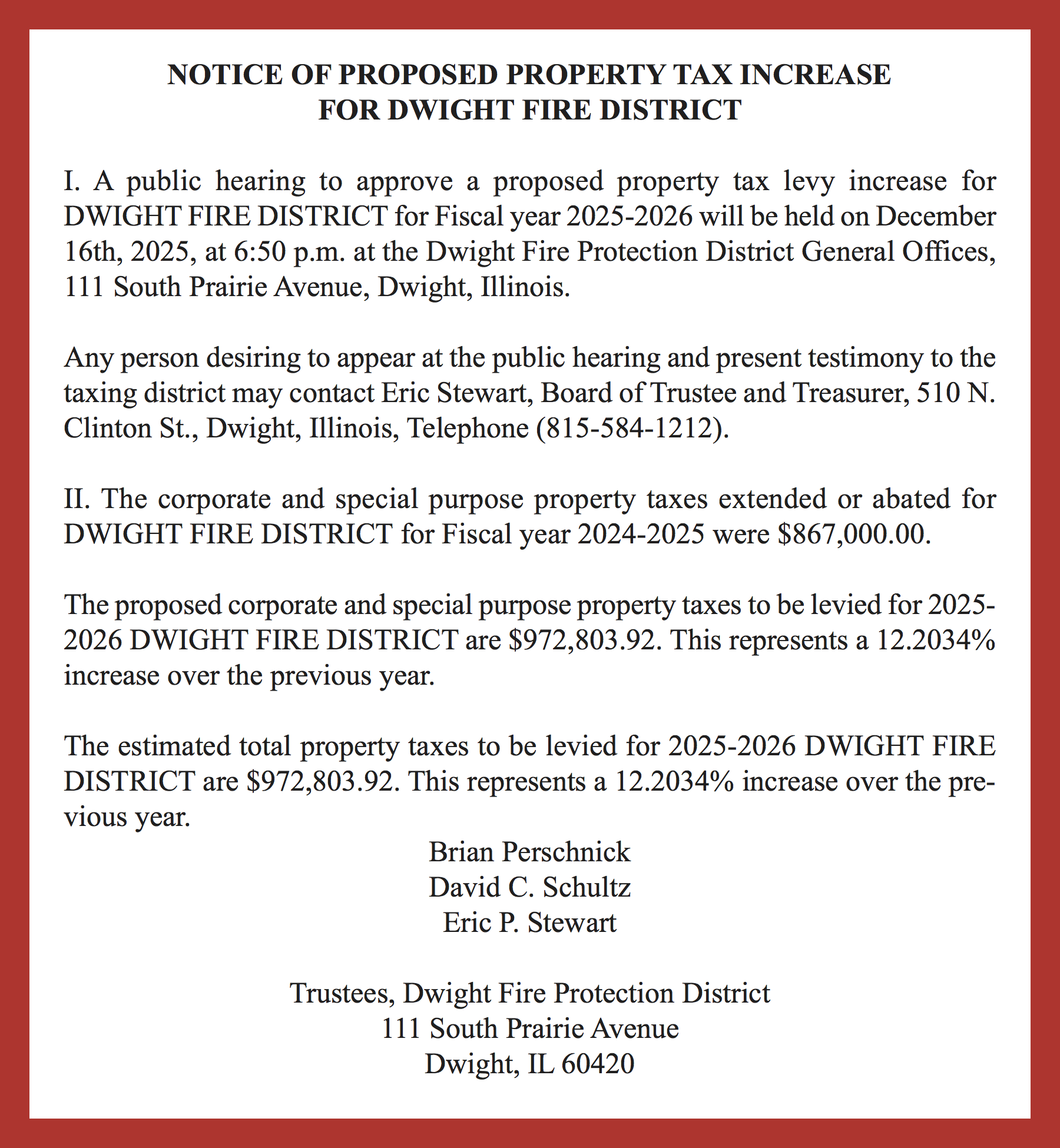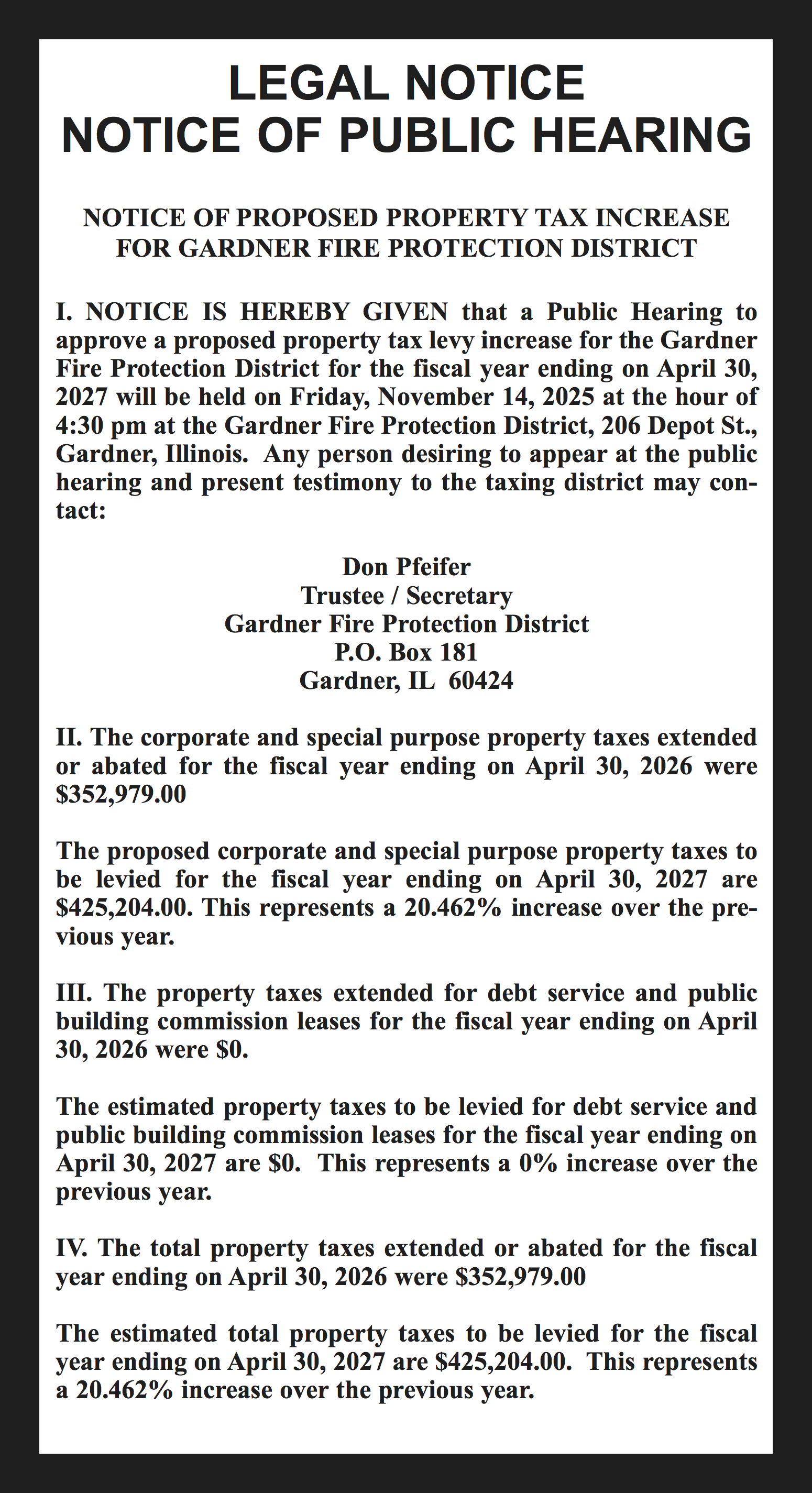Farm bill extended again in government reopening
By TAMMIE SLOUP
FarmWeek

The Ag Department resumed normal operations while the farm bill was extended for a third year after the president signed a funding package Nov. 12 that reopened the government.
The legislation, which was approved after a record-breaking 43-day federal shutdown, funds USDA and several other departments, through fiscal year 2026, and extends the 2018 farm bill through Sept. 30, 2026. The legislation provides continuing appropriations for most other federal agencies through Jan. 30, 2026.
Farmers will see Farm Service Agency resume farm loan processing, and the reauthorization of programs such as the Conservation Reserve Program (CRP), which expired with the 2018 farm bill in October.
Illinois Farm Bureau President Brian Duncan said he is glad to see the shutdown end and Congress pass a funding package to ensure farmers have access to critical USDA programs and millions will regain access to essential food assistance services.
“The legislation also addressed key provisions such as extending the U.S. Grain Standards Act, funding for farm bill programs not addressed in reconciliation and the authorization of USDA’s FY2026 budget,” Duncan said. “Our fight doesn’t stop here, while the bill provides much needed assurance for farmers, we must continue to prioritize and work toward a modernized five-year farm bill. Farming is too vital to Illinois’ economy to ignore, and that is critical for our leaders to understand.”
While a budget reconciliation bill passed in July included farm bill provisions that strengthen the farm safety net, the legislation did not replace a five-year farm bill. Some farm bill programs could not be included in reconciliation because they are policy, not budgetary. While those programs have been brought out of limbo with the farm bill extension, updates still must be addressed in what many are dubbing a “skinny farm bill” or “farm bill 2.0.”
In a statement released shortly after the House vote Nov. 12, House Ag Committee Chair Glenn “GT” Thompson, R-Pennsylvania, said now that government operations are being restored, lawmakers can turn their focus back to delivering “real solutions.”
“Extending the current farm bill gives us the time needed to finalize farm bill 2.0, a bipartisan package that builds on the success of (July’s) One Big Beautiful Bill,” Thompson said.
**Editor’s Note: If you find the story here of value, consider clicking one of the Google ads embedded in the story. It costs you nothing but Google will give the website owner a few cents. This is a way to help support local news at no cost to the reader.
At the center of Democrats’ holdout to approve the funding package was the expiration of Affordable Care Act tax breaks in December. The deal to end the shutdown does not address those tax breaks, but Republicans promised a future vote on extending subsidies for health insurance plans. Supplemental Nutrition Assistance Program payments also were expected to resume with the reopening.
Senate Ag Committee Chair John Boozman, R-Arkansas, said ending the government shutdown ensures critical USDA services resume so vulnerable families no longer experience disruptions to nutrition benefits, farmers can access the programs and personnel they rely on to keep their operations running efficiently and disaster assistance is delivered.
“We advanced long-overdue farm bill policy improvements in the One Big Beautiful Bill, including enhanced risk management tools farmers have been calling for, and we’re continuing work to reauthorize other key initiatives. Extending the farm bill and the U.S. Grain Standards Act gives us more time to finalize these programs essential to farmers, ranchers and rural America.”
American Farm Bureau Federation President Zippy Duvall applauded the end of the shutdown.
“Farmers and ranchers rely on critical USDA services and disaster relief programs during these tough economic times, as do Americans who need access to food assistance programs and other services,” he said, adding he looks forward to Congress returning its focus to policies that will improve the farm economy and expand opportunities for America’s farm families.
The continuing resolution also:
- Includes $10 billion for farm loans “to ensure that our producers have access to necessary capital.” The bill also includes language preventing USDA from closing any FSA county offices. FSA would also receive $15 million to hire new employees to fill vacancies and anticipated vacancies at county offices.
- Extends the Grain Standards Act. That bill sets marketing standards for grains and oilseeds and sets standards for inspections and weighing. Notably, the budget deal extends only the current version of the act. The Senate Ag Committee recently advanced a reauthorization of that bill that would run through 2030. Congress is expected to continue with those efforts.
- Automatically provides $30 billion in annual funding to the Commodity Credit Corp., which is used to fund mandatory farm programs such as commodity and conservation payments.
As the farm economy continues to struggle with high input costs, depressed commodity prices and trade uncertainties, the Trump administration previously said a federal farmer relief program was being evaluated and could be approved after the government reopened. U.S. Sen. John Hoeven, R-North Dakota, further said a Market Facilitation Program is “all teed up and good to go,” but it was being held up by the ongoing government shutdown.
A specific timeline has not been announced.
The House approved the continuing resolution 222-209 with six Democrats joining 216 Republicans to reopen the government. Two Republicans sided with 207 Democrats to reject the funding bill. Illinois’ congressional delegation voted along party lines, except U.S. Sen. Dick Durbin, D-Springfield, who was one of eight Democrats who agreed to end the shutdown by a vote of 60 to 40 Nov. 10.
This story was distributed through a cooperative project between Illinois Farm Bureau and the Illinois Press Association. For more food and farming news, visit FarmWeekNow.com.


































